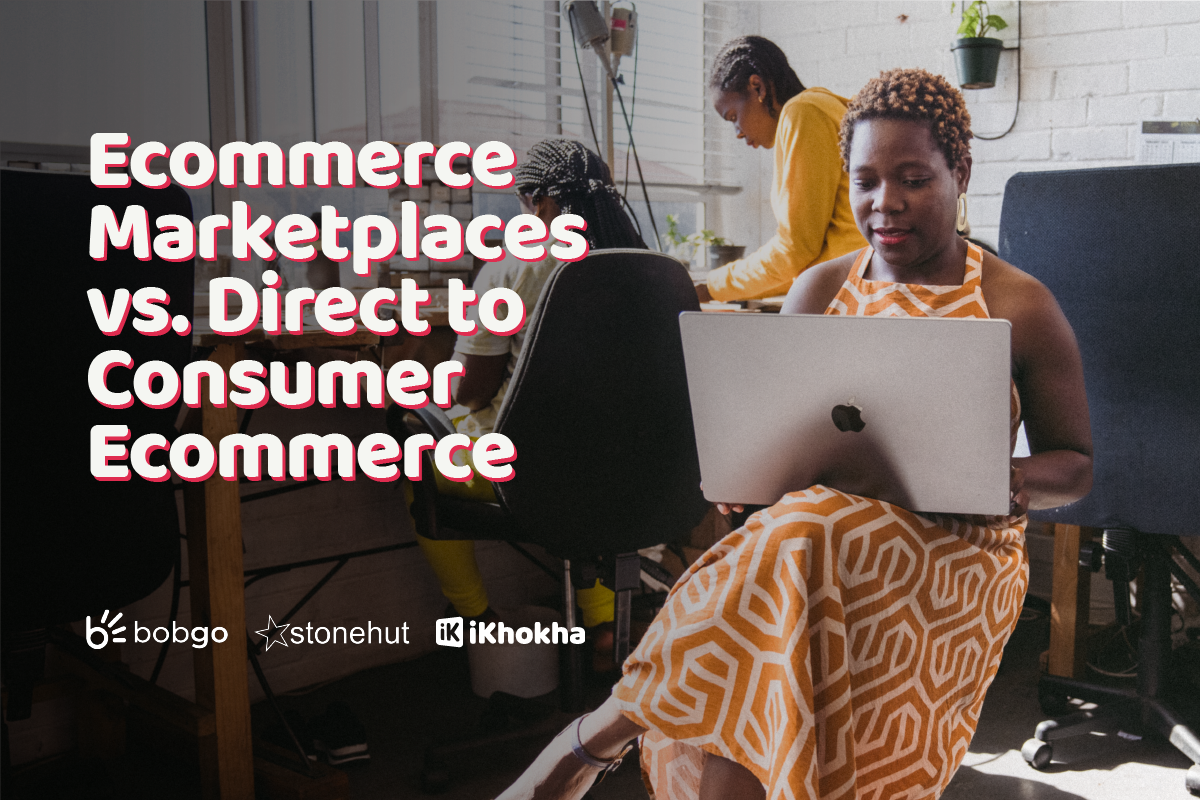We’ve all been there. A new customer finds something they like on your online store, adds it to their cart, and then they see the shipping costs. Suddenly, the purchase they thought was a good deal doesn’t seem so appealing anymore. Shipping is a crucial aspect of ecommerce that can have a significant impact at checkout and unfortunately, this often leads to cart abandonment.
Offering different shipping strategies can give customers the convenience and choice they desire while also helping merchants reduce costs and increase revenue. There are various strategies for shipping that ecommerce merchants can implement to optimise their shipping process.
Fixed rates or flat rate shipping
One of the most straightforward strategies is charging a fixed rate for shipping. This approach is easy to communicate to customers and simplifies the checkout process. Merchants can choose to charge a flat rate for all orders or offer different rates based on the order value or destination.
Bob Shop offers a R30 shipping option to buyers. This fixed rate approach ensures that customers can easily understand the cost of shipping without any surprises.
The fee structure for sellers is based on both the actual weight and volumetric weight of the packages. This approach eliminates the complexity of factoring in regional or main centre locations, as our pricing is solely determined by the package weight.
Manny Moutinho, owner of Mantech and a seller on Bob Shop for over 10 years, shares, “Since migrating to the new Bob Shop shipping, our volume of orders has significantly increased; resulting in more customers, more orders, and more revenue. It has also made the process simpler, more efficient and more effective.”
Dynamic rates
For a more sophisticated and accurate shipping cost calculation, merchants can opt for dynamic rates. Dynamic rates involve calculating shipping costs based on real-time data from the courier. Merchants can use a tech partner like Bob Go to integrate with various courier services and obtain live shipping rates.
“Rates at checkout allow merchants to set up shipping rates that will be charged to buyers at checkout, based on certain criteria, offering transparency and accurate shipping options,” explains Andy Higgins, the Managing Director of Bob Group. “It’s just another way that Bob Go is enabling merchants to offer the best shipping experience.”
Dynamic rates provide customers with more accurate and personalised shipping costs based on their location and the weight of their order. Merchants can benefit from this strategy by accurately matching their expenses with the shipping cost, resulting in lower shipping expenses and higher revenue.
This also helps to establish trust with your customers. It assures them that you are not adding hidden charges to your shipping fees or inflating your product prices to compensate for shipping costs.
Free shipping
Offering free shipping can be an excellent strategy to attract and retain customers. However, it requires merchants to build the shipping cost into the product price, making the product price less attractive.
Andy highlights, “Free shipping isn’t really free. Ultimately the buyer always pays for shipping whether it is directly or indirectly. With free shipping, the seller has to factor it into the product price.”
Merchants can choose to offer free shipping on all orders or set a minimum order value that customers need to reach to qualify for free shipping (free shipping threshold).
Depending on the profit margins of your business, offering free shipping may or may not be a feasible option. It’s important to gather sufficient information about your customers to determine if this approach is a good fit for your business.
Offering free shipping can also increase customer satisfaction and loyalty, leading to repeat business.
Free shipping threshold
Another strategy for shipping is setting a free shipping threshold. This approach involves setting a minimum order value that customers need to reach to qualify for free shipping. This strategy incentivizes customers to increase their basket size to qualify for free shipping.
Setting a free shipping threshold can help merchants increase their average order value while providing customers with the convenience of free shipping.
If providing free shipping for the whole year is not feasible, you can use free shipping thresholds as a promotion to increase sales. For instance, if it’s not possible to provide a free shipping threshold during peak seasons, you can offer it as a promotion to sell older inventory at full price during a quieter period.
Return shipping strategy
At times, customers may receive a product and realise it’s not what they expected. Even if the reason for the return is not your fault, you still need to be prepared to handle it. When it comes to pricing return shipping, there’s no universal solution, but you do have a few options to choose from that resemble the primary shipping pricing methods used – fixed or flat rate shipping or free shipping.
Merchants can implement various shipping strategies to provide customers with convenience, choice, and value while also optimising their shipping process.
By implementing a shipping strategy that works for both you and your customers, you can gather valuable data that can inform future decisions. Analyse your AOV and profit margins to ensure that your shipping offer is still profitable. If AOV has increased, but ROI is not where it should be, consider adjusting product prices or minimum order requirements. By continually assessing and refining your shipping strategy, you can build a successful and sustainable ecommerce business.













